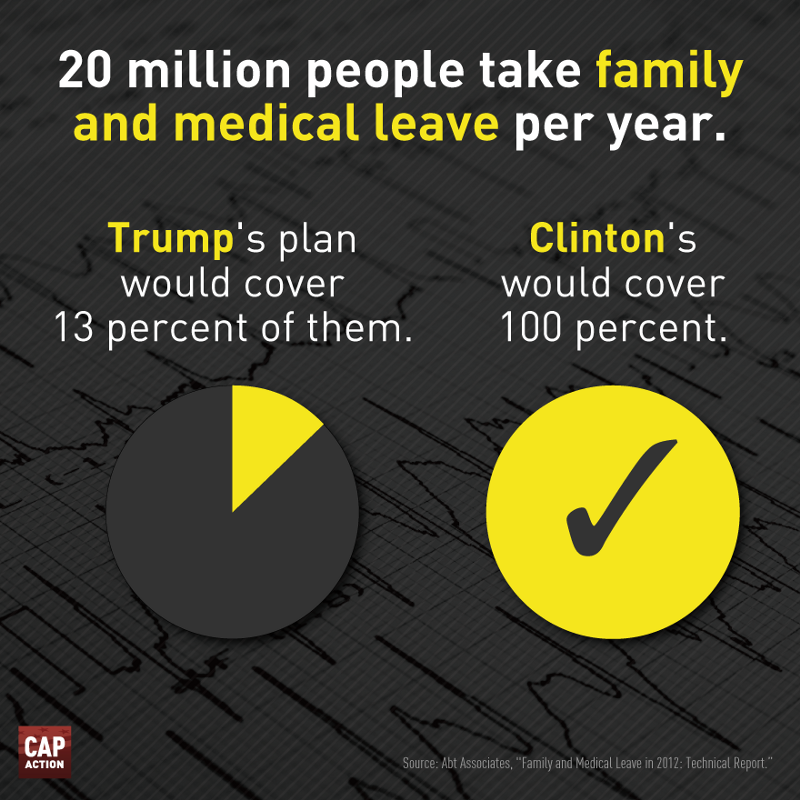By: Sunny Frothingham and Shilpa Phadke
Slice it however you want, but women will decide the 2016 election. Whether you focus on single ladies, black women and Latinas in key battleground states, or millennial women — the voice and vote of women across the country is expanding. In recent elections, women have cast four to seven million more votes than men, and women have exceeded the proportion of men who voted in every presidential election since 1980.
So what’s driving women to the voting booth? While most women identify with the two major political parties, about a third eschew the Republican/Democrat binary and instead identify themselves as Independents. And while some independents generally identify with one party over the other, the independent vote swings between the two major parties. Democrats won independent voters by a large margin in 2008, but lost them in 2010 and 2012.
The percentage of independents has steadily risen since 2000 — surpassing both Democratic and Republican party affiliation nationwide. Today, 39 percent of voters identify as Independent, while 32 percent identify as Democrats, and 23 percent as Republicans, according to Pew Research Among women, Democrats win out, but the proportion of women who identify as independent is on the rise, hitting 35 percent of registered women voters in 2014. Candidates looking to win, and win big, at the federal level can’t just rely on their base to get over the finish line — independents are a key target for support — including independent women.
A new poll by American Women finds that 64 percent of independent women voters identified the economy as the most important issue in the 2016 election. More specifically, 60 percent of independent women voters rank “making women and families more economically secure by ensuring equal pay for equal work” in their top three priorities, as well as “increased funding to combat Zika” at 52 percent and “supporting parents who work by providing paid sick days, paid family and medical leave, and affordable child care” at 49 percent.
While Republican presidential candidate Donald Trump recently put forth his version of a plan on child care and paid maternity leave, having a plan is not the same as having a good plan, nor does it mean his plan will actually help working women. And questions from the American Women poll about specific policies reveal that independent women aren’t falling for conservative alternatives that co-opt working family messaging without addressing the realities they face (learn more about Trump’s working family plans from CAP Action here).

One especially glaring absence from Trump’s policy proposals is equal pay. Ninety-three percent of independent women want a comprehensive equal pay plan that will “protect workers from retaliation, hold employers accountable, and provide salary negotiation training for women and girls” — with 72 percent strongly in favor. Despite Donald Trump’s personal claim to “have been very, very good for women,” his campaign still has not come forth with any plan to make equal pay a reality. The sizeable wage gap on Trump’s own campaign, which pays men about a third more than women according to an investigation by The Boston Globe, does not inspire confidence.
In addition to equal pay, 85 percent of independent women want paid family and medical leave that covers new parents as well as care for aging parents and sick family members. Trump’s idea for “paid leave,” however, is a far cry from what independent women want. First, it would only cover maternity leave for birth mothers — meaning non-birth parents, adoptive parents, and dads wouldn’t have access. Trump’s plan also ignores the many other reasons why a worker may need family and medical leave beyond birth — like when a child has to stay home sick from school or a spouse faces a serious illness. In addition to ignoring the needs of huge swaths of American families, Trump’s plan could actually incentivize discrimination against women of child bearing age, known as the motherhood penalty, since companies might prefer not to hire the only group of workers who could actually take leave.
Like black women and Latinas and like young women, Independent women voters want to be paid fairly, and want their families to have a fair shot at economic opportunity. If candidates want to appeal to independent women they should make sure these issues are at the top of their agendas.